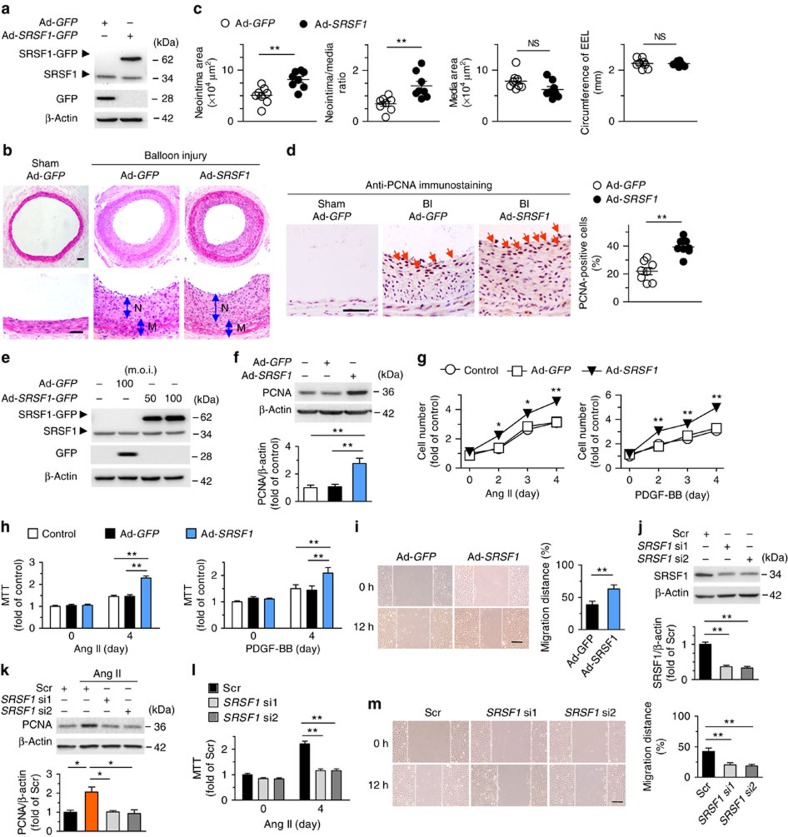Figure 4. SRSF1 enhances HASMC proliferation and neointima formation.
(a) Western blots showing SRSF1 protein in rat carotid arteries 4 days after Ad-SRSF1-GFP delivery; n=5. (b,c) Haematoxylin/eosin staining (scale bars, 50 μm) (b) and averaged data (c) of the neointimal area, neointima/media ratio, media area and circumference of external elastic lamina (EEL) of rat carotid arteries transfected with Ad-GFP or Ad-SRSF1 14 days postinjury (N, neointima; M, media); n=8 each. (d) PCNA staining (scale bar, 25 μm) (left) and the percentage of PCNA-positive cells (right) in rat carotid arteries infected with Ad-SRSF1 14 days postinjury. Arrows indicate PCNA-positive cells (dark brown); n=8 each. (e) SRSF1 expression in cultured HASMCs infected with Ad-GFP or Ad-SRSF1 (m.o.i. 50 and 100); n=5. (f) PCNA protein levels in HASMCs infected with Ad-GFP or Ad-SRSF1; n=5 each. (g,h) Cell counts (g) and MTT assays (h) of HASMCs infected with Ad-GFP or Ad-SRSF1 after Ang II or PDGF-BB stimulation for 4 days; n=12 each. (i) Representative images and migration distance from wound-healing assays in HASMCs infected with Ad-GFP or Ad-SRSF1; n=9 each. Scale bar, 200 μm. (j) SRSF1 expression in HASMCs infected with scrambled or SRSF1 siRNAs (si1 and si2); n=6 each. (k) PCNA levels in cultured HASMCs infected with scrambled or SRSF1 siRNAs after Ang II stimulation (24 h); n=5 each. (l) MTT assays of HASMCs infected with SRSF1 siRNAs after Ang II stimulation for 4 days; n=9 each. (m) Representative images and averaged data from wound-healing assays in HASMCs infected with SRSF1 siRNAs and treated with Ang II; n=12 each; scale bar, 200 μm. All adenoviral infection above is 100 m.o.i. for 48 h unless specified. Ang II is 200 nM and PDGF-BB is 10 μg l−1. Scr indicates scrambled siRNA control. *P<0.05, **P<0.01, NS, not significant; Student’s t-test (c,d,i) or one-way ANOVA (f,h,j–m) or two-way ANOVA (g). Data are mean±s.e.m. of five (c,d,f,j,k) or four (g–i,l,m) independent experiments.

